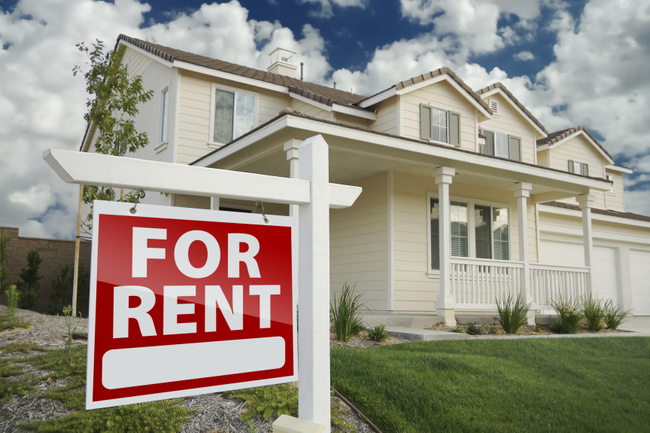The Rent-to-Own program is a deal where a person commits to renting a property for a particular period, with the option of purchasing before the lease is over. The investment company has nationwide operations in around fifteen states, such as Texas, Illinois, California, and New York.
The program works in the way that investors assume that clients meet specific criteria and, then, the investor will purchase property on behalf of the customer. Then, the investor puts the property up for lease with the right to purchase agreement directly with that tenant-buyer.
This essentially means that someone who hopes to buy the house and own it one day will be renting it out from the investor. The monthly payment isn’t in the form of rent credit, equities, or any other kind. It’s in the form of traditional rent.
The tenant can exercise their right to purchase any time they’re ready. The earlier this happens, the better because as time passes, it becomes more expensive since you’ll be paying rent. The investors also have the power to raise the final purchase price, typically between three to five percent, or even six to seven percent, depending on the State.
It’s possible that the house won’t appraise for the amount, but you’ll still be required to pay the difference from the set amount in the form of a down payment. Hence, if the only thing holding the individual back from purchasing the house is credit, you want to resolve it within three to six months so you can exercise your right to purchase more quickly.
So, that is essentially how the Rent-to-Own program works. Not many people are aware of this, but the program stopped operating when the ongoing pandemic slowed down the real estate market. Now, however, the program has reopened in Dallas and San Antonio, with Austin and Houston reopening by the end of June, too.
Similar to how other lenders operate, Rent-to-Own has its lending requirements that have been updated due to the current situation. Currently, the program uses the FICO 8 score model to determine approval. Additionally, it uses TransUnion; therefore, the TransUnion FICO 8 score is used to determine whether someone qualifies for pre-approval.
Hence, for San Antonio, for example, this score is 580. Previously, the score was 550 everywhere, but the program has become stricter due to COVID-19. Additionally, the score for Dallas is 625, now, whereas Austin and Houston are expected to be around the 620 mark.
Another factor that’s been affected is the escalation rate. The escalation rate can be described as the rate of change in price for a specific good or service associated with an asset (as compared to the inflation rate, which is applicable to all products and services). Previously, the escalation rate in San Antonio was 4 percent, and now it’s 3 and a half percent. Similarly, in Dallas, the escalation rate decreased from 5 percent to 3 and a half percent.
Qualifications for Rent-to-Own
Apart from these factors, other qualifications are still in place. The individual’s income must at least $45,000 per year and be verifiable. As a traditional employee working for a company, you need to provide your two most-recent pay stubs. On the other hand, if you’re self-employed, whether you have a corporation or are a sole proprietor, you need to provide your most recent tax returns and two months of personal and business bank statements.
Additionally, anyone over the age of 18 will be considered, and you cannot have an unsatisfied or open chapter 7 bankruptcy. This means that if you’ve recently filed for bankruptcy, it needs to be discharged first and can’t be open.
Moreover, the applicant can’t have any evictions, broken leases, or unsatisfied apartment collections in the last seven years. Lastly, the applicant cannot be a registered sex offender and should not have any felony convictions in the past seven years.
The Verdict
The Rent-to-Own program is an excellent option for someone who’s restricted by time and meets the given criteria. It’s suitable for individuals who earn enough and prefer investing in a house over doing something month to month. Additionally, it’s a good program for someone who filed for bankruptcy, for instance, a year and a half ago and doesn’t qualify for a mortgage due to this. It’s also great for someone who had a foreclosure within three years and met all the other criteria.
However, it’s important to note that getting approved for the program isn’t easy, as other additional criteria determine this. Getting approved for a mortgage has proven to be much easier. The best way forward for someone in a similar situation would be to work on their credit to get their scores up to a range of 580, 620, or higher.
A boost to your credit score will ensure you’re at least being considered for mortgage approval. Currently, the housing market is unpredictable; the interest rate may stay at this level or may go down if there aren’t enough buyers. If the interest rate falls, there’s no better time to purchase a property than now. So, you should start working towards building your credit to ensure you have enough negotiating power.

